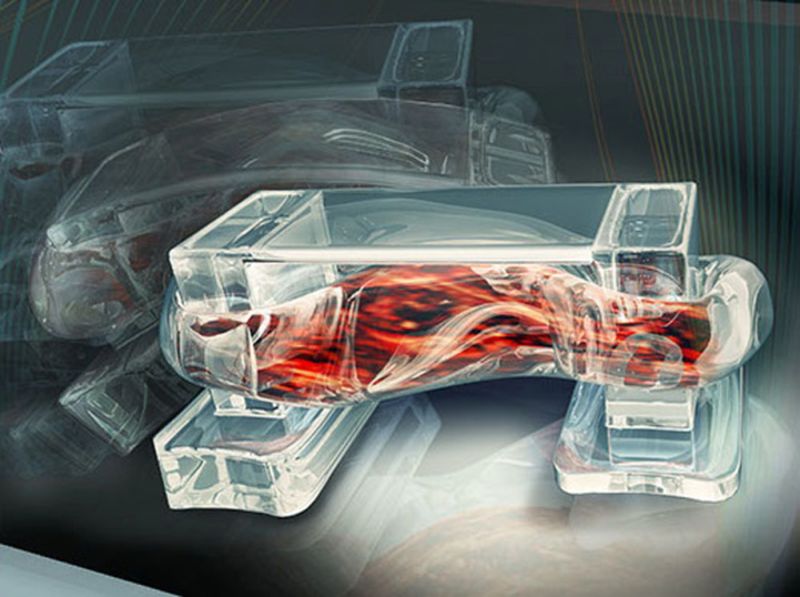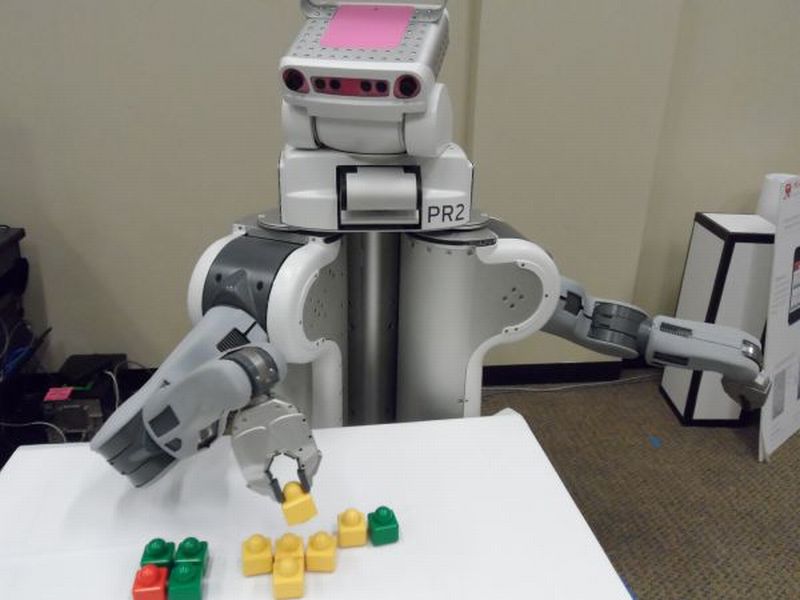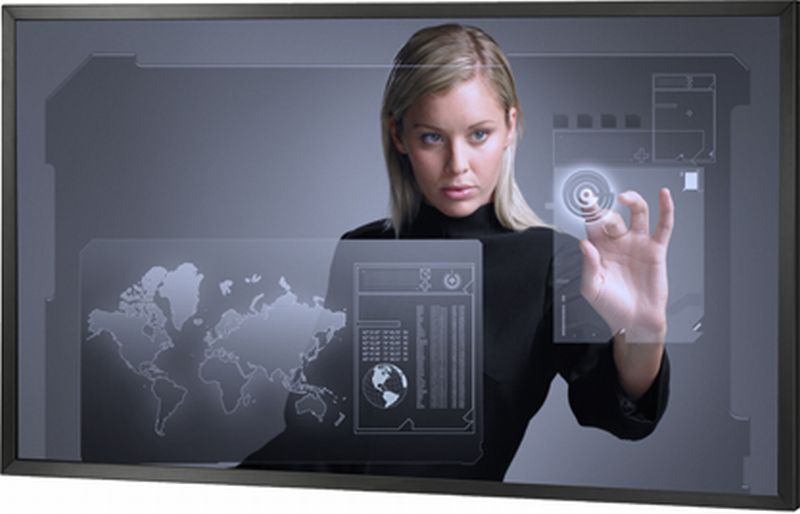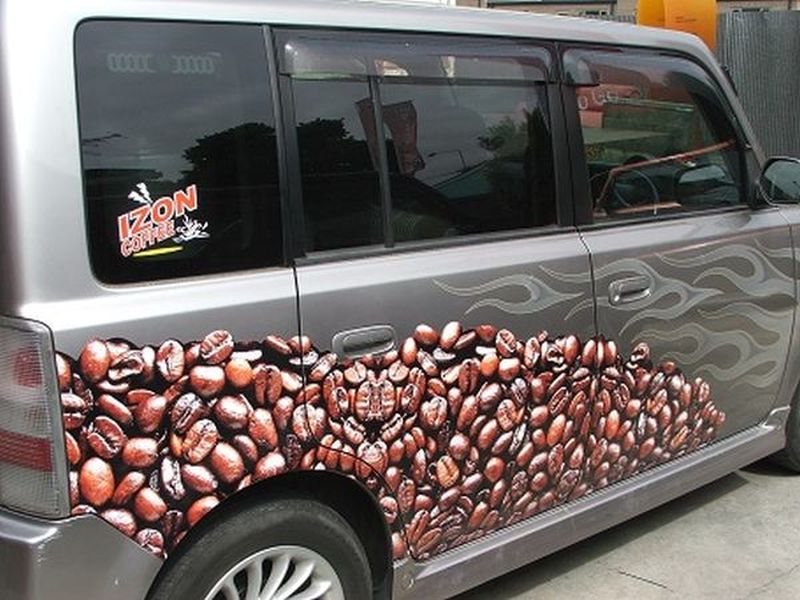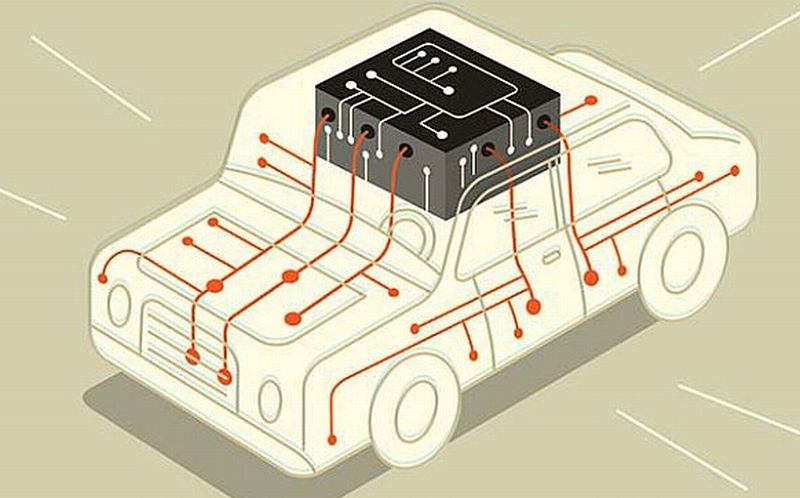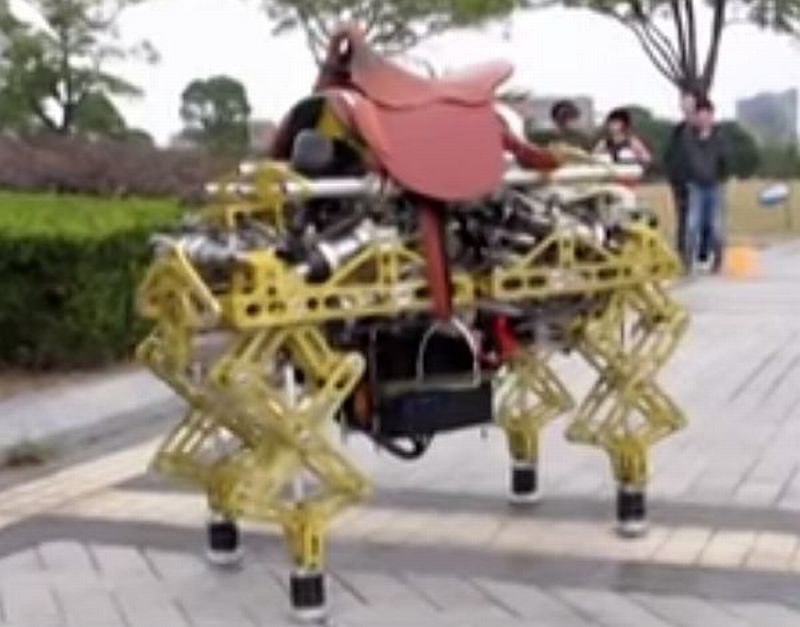In an effort to reshape the battery landscape, Imprint Energy, a California based startup is fabricating flexible and rechargeable batteries, which can be printed using the very common industrial screen printers. The firm envisions to market the ultrathin zinc based polymer batteries to wearable electronics manufacturers and pitch the same in medical field, robotics and military for environmental sensors and smart labels.
Read MoreTag: technology
DARPA’s Guided Bullets: Revolutionizing Rifle Accuracy or Developing Tools for RoboSoldiers
In an interesting ammunition research development program, DARPA has come about with a technology that could change mid flight direction of bullet only to hit the target down. Extreme Accuracy Tasked Ordnance program under DARPA brought about the first live-fire tests showing the in-flight guidance of .50-caliber bullets. EXACTO is able to demonstrate the maneuvering of bullet’s direction while it’s in mid flight only to counter balance the aim that is being set by the sniper. Agency released the following video depicting the test flight of 0.50-caliber bullets that were…
Read MoreUS military to develop a Reusable Unmanned Spacecraft: The Experimental Spaceplane project
The US military is looking forward to create an affordable and efficient robotic space plane that has an ability of embarking payloads directly into the orbit. DARPA has already granted the design contract to three firms namely, Boeing, Masten Space Systems and Northrop Grumman. For the initial stage of the Experimental Spaceplane project, also called the XS-1, the firms have collaborated with similar other aerospace companies. For instance, Boeing is working with Blue Origin, Masten is teaming up with XCOR Aerospace and Northrop Grumman is collaborating with the Virgin Galactic.…
Read MoreWorld’s Largest Wind Solar Hybrid: Saving Over $2 Million in Energy Costs
Lately, in Jamaica wind-solar array has been installed, which happens to be the world’s first such arrangement. This hybrid array boasts of providing the maximum renewable energy density of any technology on the market. Energy limit of more than 106,000 kWh is expected to churn out yearly. WindStream Technologies, the renewable energy tech firm envision that the longevity of the project is around 25 years and the energy cost savings is graphed to go beyond $US 2 million. However, the return on investment will start showing itself within the consequent…
Read MoreCarbon on the Cathode of Li-ion Batteries: The New Electrochemistry Technology
The University of Alberta experts have fabricated next gen batteries from carbon nanomaterials. This novel product is standing tall in front of conventional lithium-ion batteries where the former is efficient enough to charge faster and happens to lasts longer relatively. The electrochemistry technology As per Xinwei Cui, one of the lead researchers, they have worked upon an innovative approach towards electrochemistry technology consequent upon which, they it was able to yield higher energy density and power. The team has worked along a mechanism called the induced fluorination, a new concept…
Read MoreContraceptive Implant with Remote Control: Women Conceiving with a Push of Button
Last month we witnessed MagnetoSperm microrobots for the nanoworld and now research scholars at MIT lab have devised a technology oriented birth control drug delivery system, which can be controlled from the outside. The 20 x 20 x 7 millimeters devise is supposed to be implanted inside the skin somewhere around buttocks, abdomen or upper arm. The mechanism Single implant will last for about 16 years with 30mg of levonorgestrel doling out per day. Levonorgestrel is the same hormone that is used in most of the over the counter contraceptives.…
Read MoreEricsson 5G delivers 5 Gbps speeds: Connectivity across Telephony to Applications
Unlike any international tech event, this year at the Mobile World Congress in Barcelona people showed an intensive interest on the use of 5G networks. As expected, the 5G network would be offering exponential gains over its predecessor 4G in terms of the two main things, speed and capacity. Anyhow, 2020 is the anticipated year for the implementation of the 5G networks however lately, Ericsson, the Stockholm-based communications technology and services company has demonstrated the pre-standard 5G network technology by displaying its ability of achieving 5 gbps speed.
Read MoreSkeletal Muscle Cell Powered Bio-Bots: Micro-Bots controlled by an Electric Field
Inspired from living organisms, researchers try to create robots that can simulate living creatures mechanically or chemically. This field of science is named as Biorobotics. A team of researchers at the University of Illinois at Urbana-Campaign has made a miniature walking bio-bots that derive its power from living muscle cells. And their movement can be regulated externally using electrical pulses.
Read MoreOnline Interactive Visualizations: New Learning Tool for Robots
Researchers at the University of Washington have come up with an approach where robots would be working or learning new skills via collaborating working by shooting a set of query to a larger online community. Rajesh Rao one of the lead scientist asserted that they are taking the one to one interaction to the next stage where the machine would be asking help from the whole world in case it happen to stuck at some problem or a puzzle. Until now, robots could only acquire learning through imitating humans, which…
Read MoreSolar Cells to replace Toxic Cadmium Chloride: Promises Clean Energy
Energy Industry around the world is constantly evolving in terms of innovation to harness clean energy from renewal energy like sunlight, wind, tides rain and so on. Harnessing energy from sunlight using solar panels are being used worldwide and its production is also increasing. Unfortunately, during manufacturing these commonly used solar panels requires a highly toxic and water soluble chemical known as cadmium chloride. The cadmium chloride is known to cause genetic defects and disease related to heart, kidney and other severe health hazards. And if accidentally the chemical reaches to the water bodies, the toxic chemical causes havoc,…
Read MorePolymer for a Shatterproof Smartphone Touchscreen: Copper-based Flexible Display
Polymer scientists at University of Akron have developed an electrode, which is transparent in nature. Researchers aim to create shatterproof screens for smartphones with this newly fabricated layer of electrode. It’s been quite some time now since, researchers were looking for alternatives to conventional indium-tin oxide, the ITO technology used for making the touchscreen. Brittleness is one of the major flaws with smartphone screens made up of ITO technology. Another equally important reason for looking at its alternative is its scarcity. Moreover, escalation of smartphone and tablet market is fueling…
Read MoreBiofuel from Waste Coffee Grounds: Car running on Coffee
Recycling industrial or household waste is very imperative for keeping the environment clean. Recently, researchers from the University of Bath have demonstrated an effective method of generating biofuel from waste coffee grounds that can power vehicles.
Read MoreFully Autonomous Vehicles: Profit Center for Chipmakers
IHS Technology envision that market for MCUs and processor units would touch half a billion dollars by 2020. Similarly, revenues from optical sensors would escalate 7 times by the same year. Google has already rolled in its driverless car and by the end of 2014 we would be witnessing more such autonomous vehicles from robot manufacturers as well, as in robocars. As of now, these cars are not functioning as fully autonomous vehicles and they do require human intervention, especially to avoid unanticipated events. In fact, they are being operated…
Read MoreStenocara beetle Inspired Hygroscopic Scaffold: Nanotubes for Storing Water
Water is essential for survival of almost all kinds of lives on Earth, hence it is imperative to conserve it at any cost. Researchers from around the world are working to find new and innovative methods to conserve water, especially in areas which are short of water resources. Inspired from an insect, researchers from Rice University have come up with an innovation method of water collection.
Read MoreBiomimicry: Baby Elephant with Parallel Mechanism Legs
Until recently, most robots were designed to assist humans, right from the kitchen to their office premises we have seen these bots performing multi-tasking. Many fascinated machines have been fabricated keeping the nature in mind and this has led to a new field within robotics called the biomimicry. Every now and then, researchers come up with mind blowing ideas and concepts which creates an awe amongst the masses and this time, researchers at Shanghai Jiao Tong University, Shanghai, China has created the same wave with their ‘baby elephant’. The robot…
Read More







